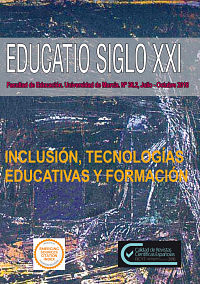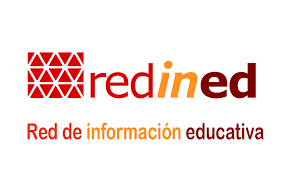Collaboration and social-educational networks for the inclusion of vulnerable children
Abstract
There is a social and professional unders-tanding that the stakeholders and the so-
cial and educational entities that work
with vulnerable and at-risk children need
to collaborate to better ensure that such
children are protected and included. Co-
llaboration between social and educatio-
nal agents can be achieved through both
formal and informal networks that work at
the macro, meso and the micro levels and
in different ways depending on the auto-
nomous community they operate in, and
each experience can provide lessons for
moving forward in other settings.
This article is part of an on-going research
project being carried out in the Basque
Country, within a broader and coordina-
ted project on social and educational in-
novation networks for inclusion. It analy-
ses the process of building and developing
a social-educational network for vulnerable children within a specific context. The
results point to the value of this alterna-
tive form of social-educational action, as
well as the difficulties and challenges it
poses. Although the interrelationship bet-
ween formal and informal networks is not
clearly established in the literature, our
contribution offers solid arguments for in-
tegrating them. Any undertaking that seeks
social cohesion must integrate professio-
nal, community and policy dimensions.
Downloads
-
Abstract2511
-
PDF (Español (España))1383
Original work publishes in this journal is subject to the following terms:
1. Murcia University Press (the publishing house) holds the copyright of the publishes work, and favours and allows their reutilization under the use license stated in point 2.
© Servicio de Publicaciones, Universidad de Murcia, 2015
2. Work is published in the electronic edition under a license (Creative Commons Reconocimiento-NoComercial-SinObraDerivada 4.0 España (legal text). They can be copied, used, disseminated, transmitted and publicly presented, as long as: i) authorship and original publication source is acknowledged (journal, publishing house and URL of the work); ii) are not used for commercial purposes; iii) the existence and specifications of this use license is stated.
3. Conditions for self-archive. Authors are allowed and encouraged to disseminate electronically the pre-pint (before review) and/or post-print (accepted for publication) versions of their work before their publication since that favours earlier circulation and dissemination resulting in an increased chance for the authors to be cited and for the work to reach a bigger share of the academic community. Colour: RoMEO: green.








